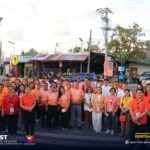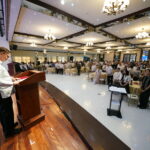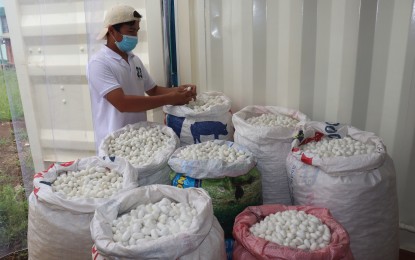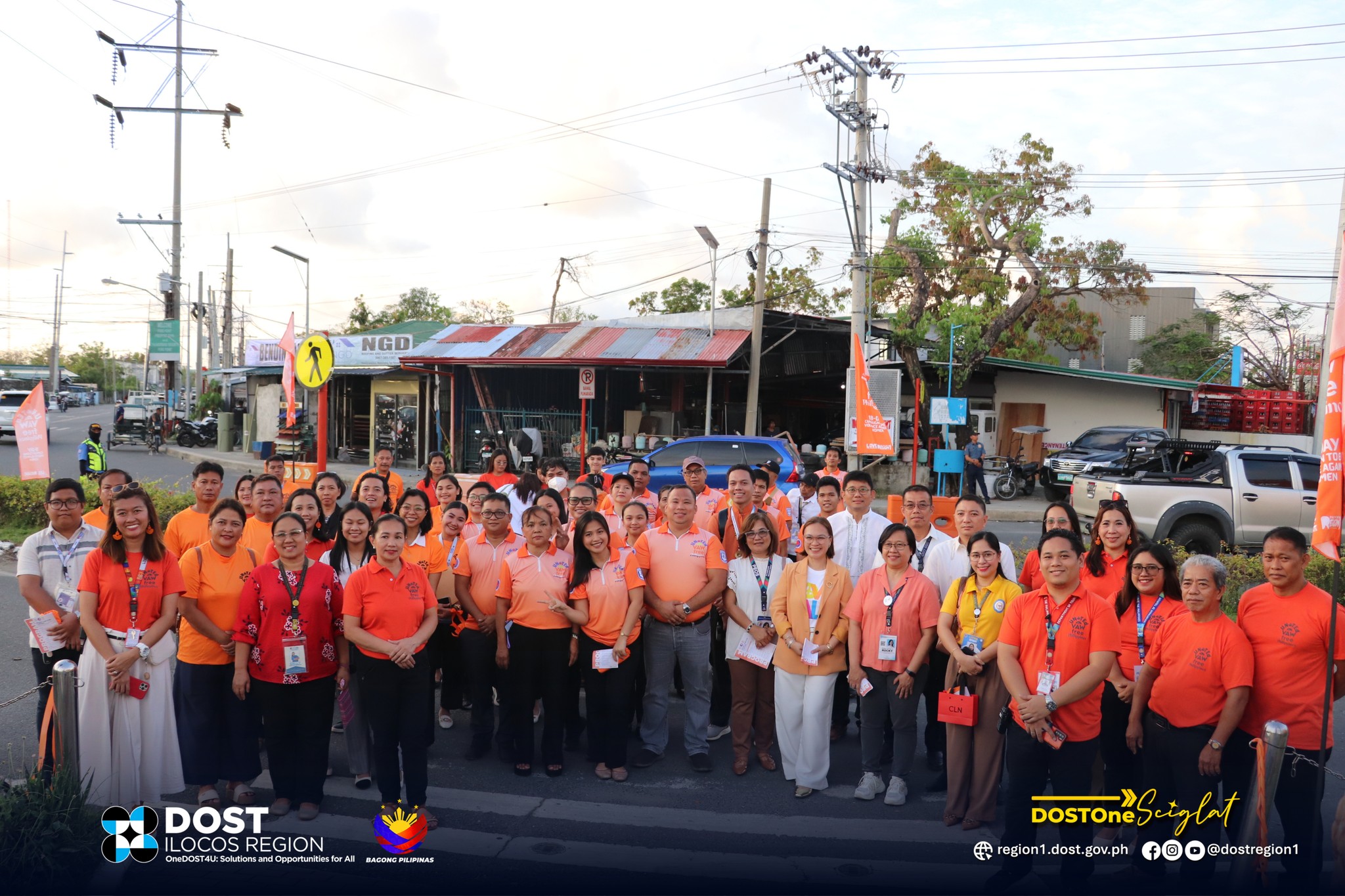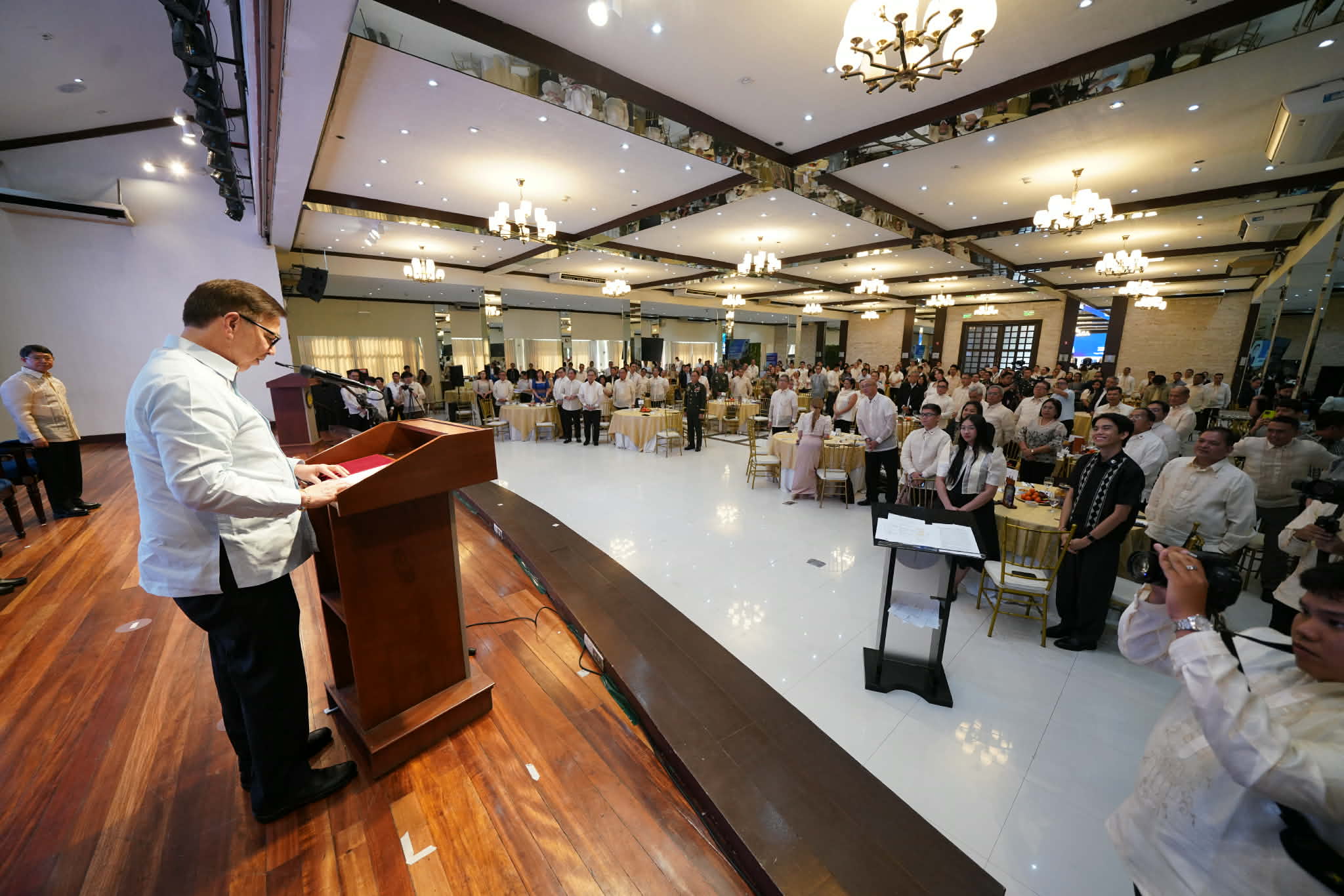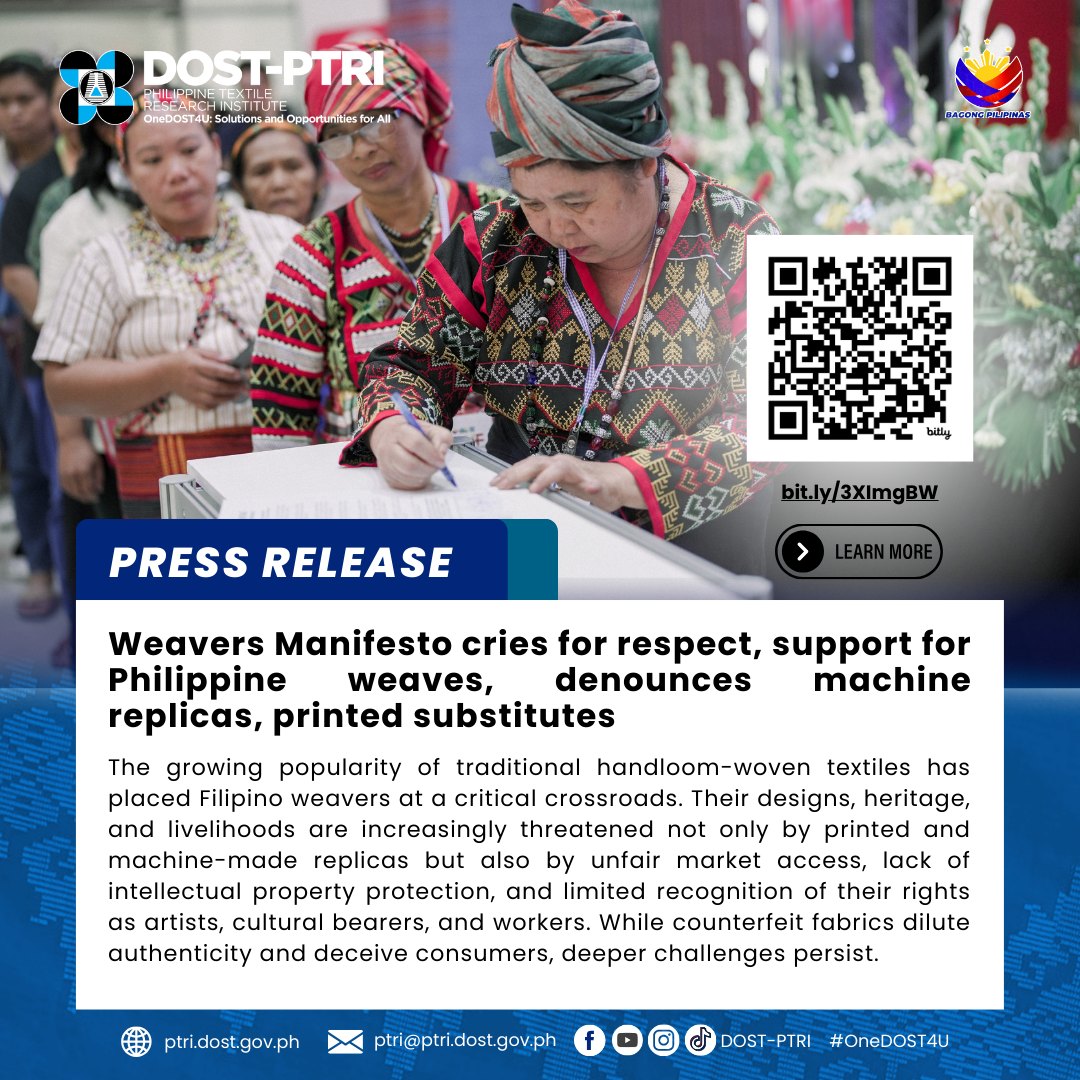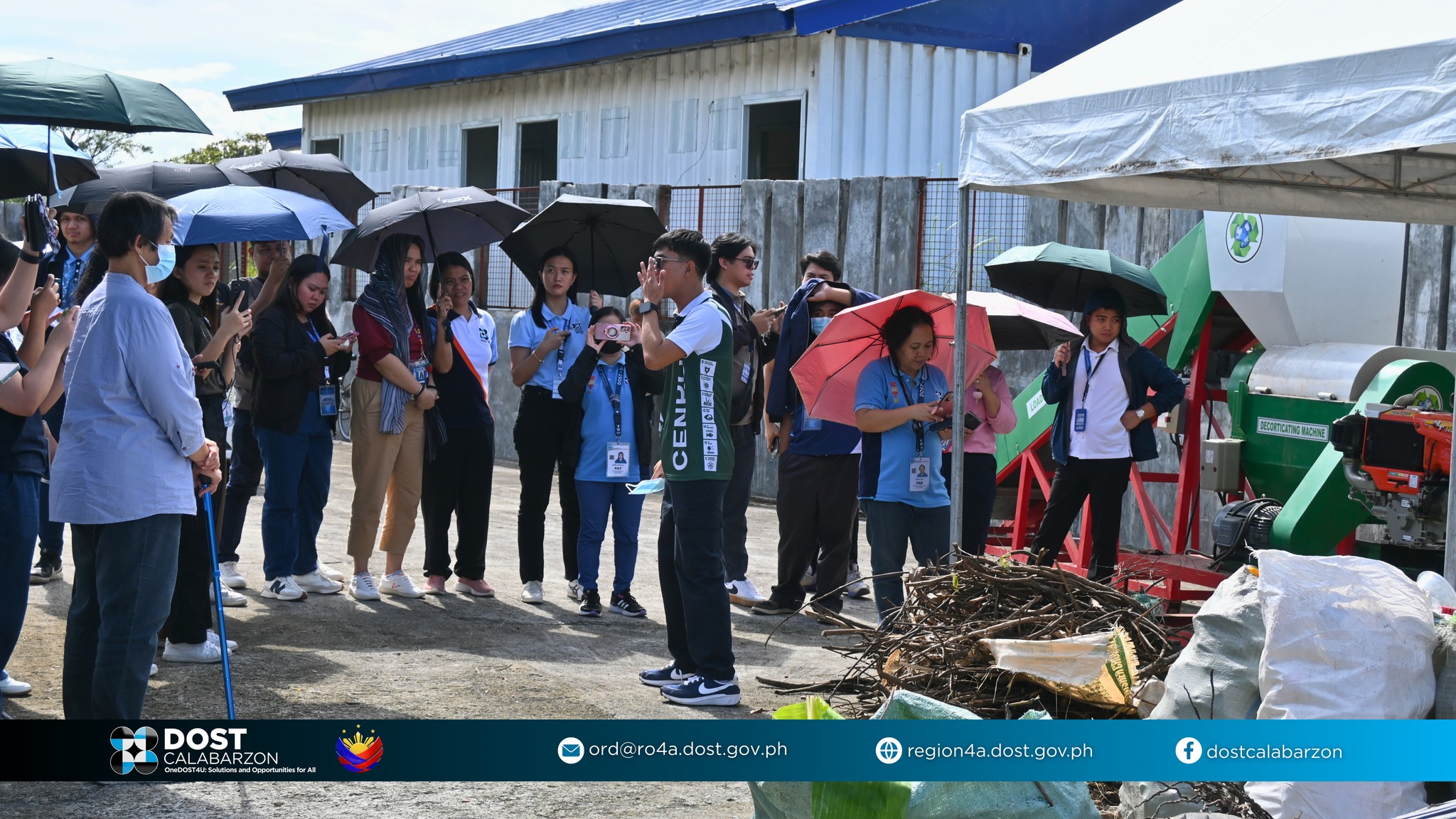LOCALLY PRODUCED TEXTILE. Photo shows silk cocoon production for natural textile. The Philippine Textile Research Institute (PTRI) wants a wider audience for local fabrics. (Photo courtesy of PTRI)
The Philippine Textile Research Institute (PTRI) has expressed wishes that local fabrics will become a choice material for the country’s government workers’ uniform and attire, and attract a wider audience as the country observes the Philippine Tropical Fabrics (PTF) Month.
In a televised briefing, PTRI Director Julius Leaño said the PTF Month technically mandates the government locally made and locally sourced materials such as natural fibers, as materials for their uniforms.
“We hope all government agencies’ personnel will be able to wear something locally made,” he said, adding that the House of Representatives had started using tropical fabrics for the uniforms of their staff members starting last year.
He also cited that the PTRI has tapped some designers such as Francis Libiran and Avel Bacudio when they introduced bamboo textile to the public last year.
“They (designers) have been using it (bamboo yarn) even before. However, previously, bamboo textiles are only appealing to older people… We want to make it mainstream, especially for the younger generation,” Leaño said.
Bamboo, he said, is a good source of raw material since it grows in many areas of the country and has 50 percent fiber recovery.
Quality fiber can also be extracted and sourced from other local materials through innovative processes. Leaño cited pineapple leaves and banana trunks as other fiber sources, Water hyacinth, which clogs rivers and other waterways, can also be a source of fiber.
“These are locally grown, sometimes even valorized. When we say valorized, it means useless materials could be brought back to the supply chain,” he said.
Leaño also said that banana fruit, for instance, could be sold for about P35 per kilo, but a kilo of fiber from it sells for about P400. Thus, farmers could also earn extra from bananas.
The role of science, he said, is to help make the fibers and textiles more affordable and more accessible. Aside from wearables, the PTRI is also exploring the use of local materials for home textiles that are thicker and water-repellent. (With PNA)






